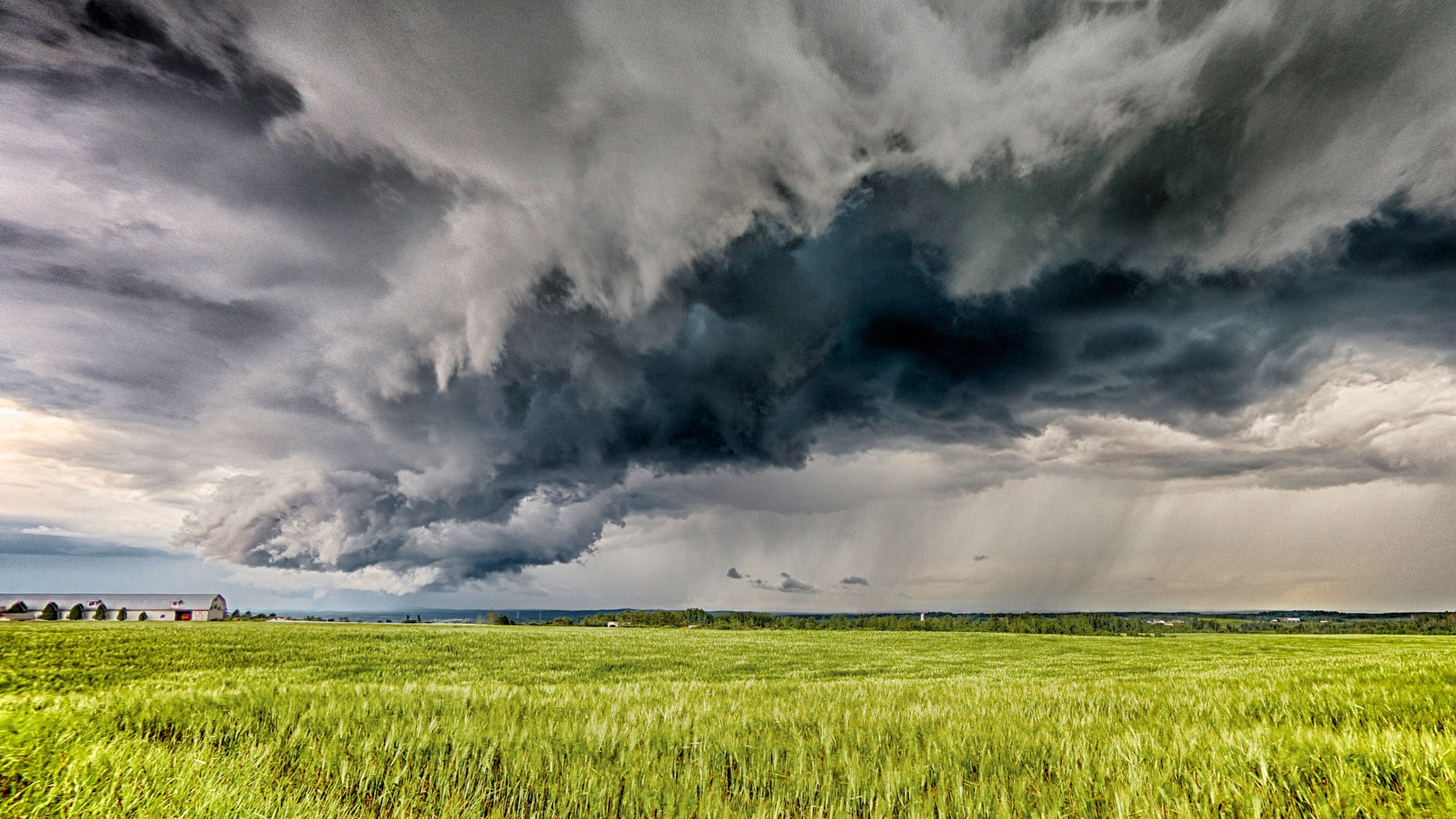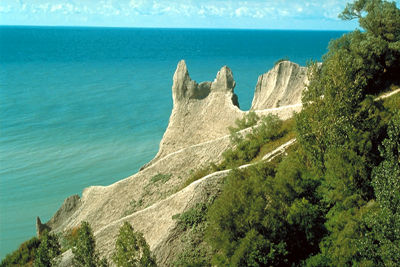Samuel Wilmot, pisciculturist, farmer, politician (born 22 August 1822 in Clarke Township, West Durham, Upper Canada; died 17 May 1899 in Newcastle, ON). Samuel Wilmot established one of North America’s first fish hatcheries on his farm in Newcastle, Ontario. He began as an amateur working in his basement and became a leading authority on fish culture. Wilmot established 15 hatcheries across Canada and his designs influenced other hatcheries in North America.

Early Life and Education
Samuel Wilmot was born to Loyalist Samuel Street Wilmot, a farmer and surveyor, and Mary Stegmann. The family lived on Belmont Farm in Clarke Township (now Newcastle, Ontario). The younger Samuel was born during his father’s term as a member of the Legislative Assembly of Upper Canada, representing the riding of Durham.
Wilmot attended Upper Canada College in Toronto as a youth.
Career
In 1856, upon the death of his father, Samuel Wilmot took over Belmont Farm. The property overlooked Wilmot Creek, named after the elder Samuel. The creek was a spawning stream for Lake Ontario’s Atlantic salmon. The adult salmon would swim upstream from Lake Ontario to lay their eggs. The creek was a popular fishing spot for First Nations people and settlers alike. By the 1850s, the number of salmon in Wilmot Creek and other Lake Ontario spawning streams had dwindled. This was the result of overfishing and habitat changes caused by humans.
Wilmot became interested in the practice of artificially hatching fish. He thought this practice could save the Atlantic salmon of Lake Ontario. In the 1860s, he established a small hatchery on his farm. Wilmot carried out his first experiments in the basement of Belmont House. He then built a small hatchery beside the creek. Although his effort to save the salmon failed, the hatchery itself succeeded. With federal government support, he opened a full-scale hatchery in 1868. It was one of the first hatcheries in North America.

Samuel Wilmot's fish hatchery, as illustrated in an 1878 atlas published by H. Belden & Co. The main building on the left connects to a series of rearing ponds. The large house in the background is the Wilmot family home, Belmont House.
Wilmot served as the federal superintendent of fish culture from 1876 to 1895. He established 15 hatcheries across Canada. His designs were widely copied in North America. In 1883, a working model of his hatchery won a gold prize at the International Fisheries Exhibition in London, England.
Wilmot’s career in local government included terms as clerk, councillor and reeve. In 1879, Wilmot was president of the Ontario Agricultural and Arts Association.
Commemoration
Belmont House, Samuel Wilmot’s home, still stands on Given Road in Newcastle. Plans for a housing development around the property have spurred heritage conservation efforts by the Newcastle Village and District Historical Society. The society has proposed that the homestead and land next to Wilmot Creek become a heritage park. This park would commemorate the area’s First Nations and settler history, including Wilmot’s hatchery.
The municipality of Clarington manages the Samuel Wilmot Nature Area. This park features walking trails and protected wetlands at the mouth of Wilmot Creek.
See also Aquaculture.

 Share on Facebook
Share on Facebook Share on X
Share on X Share by Email
Share by Email Share on Google Classroom
Share on Google Classroom









